When it becomes necessary to purchase plaster, it is necessary to repel from the quality and durability of the product. Unfortunately, there are a lot of products on the market, which is not enough that poor quality, so also practically does not correspond to the most part of safety and durability.
In such situations, attention should be paid to products that have been in demand for many years. Authoritative manufacturers incredibly seriously refer to the quality of their products. Thus, any materials are supplied with official certificates, as well as other confirmations that stacked that this product is characterized by high quality.
In this material it will be about the plaster Knauff. This construction resource is actively used by builders in many countries of the world. The thing is that this material has been consistently high quality for many years to which most manufacturers need to grow very long.
Good news is also the fact that with the help of plaster KNAUF, construction works and beginners can be carried out, for which the use of this product will become useful experience.
The main properties of the plaster Knauf
In almost every construction store, consultants recommend buying Knauff plaster, which will be the best solution for leveling the ceiling and walls. It should be borne in mind that there are a lot of analogues on the market, and even at a low price. Of course, such products can be attracted only by their low price, otherwise this material should not boast.
It is most important to note that the KNAUF gypsum plaster has mineral supplements that significantly increase the durability of the applied layer. Surely it is the most important if we talk about the process of alignment of the walls and the ceiling. Of course, other manufacturers have high adhesion achieved at the expense of other solutions that do not show themselves in terms of durability.
Also, the composition of the plaster allows you to create surfaces that do not have the slightest flaws. We are talking about the absence of roughness, as well as depressions, which are peculiar to poor-quality coatings. It is worth saying that the process of using the material is very simple, and even those people who have not been engaged in nothing more could cope with it. However, before such work, you must fully familiarize yourself with the application technology that consists of several important stages.
It should also be noted other positive parties to Knauff plaster:
- Application on various surfaces. Plaster KNAUF can be applied not only on the concrete basis, but also on brickwork, cement, as well as plasterboard. This advantage significantly increases productivity, since the pre-surface of the wall or ceiling does not need to be covered with another material. Many analogues that are available on sale are limited to a pair of surfaces, on the basis of which the plaster can be applied. However, even when using plaster, Knauf needs to be sure that the surface on which work is carried out, durable.
- Universality use. With the help of plaster, Knauf can create a rough screed, as well as the finishing layer. And all this in one approach. Again, with this situation, the construction process is greatly simplified. Saved time can be spent on other activities, also reinforced with repair. When applying the material, the layer of plaster can reach 50 mm, which is very rare even for other high-quality products, now present on the market.
- The ideal base under the wallpaper. Of course, under the sticking of the wallpaper, we need a smooth surface that has no textures and other drawbacks. And in this case, the plaster Knauff is the best choice. At the same time, it is necessary to understand that in some cases, cracks and other deepening are enough to put the wallpaper to put cracks to bring the wall to the proper look. Accordingly, our plaster is perfectly coping with these tasks. However, it is worth keeping in mind that the plaster will quickly dry, so it should be repaired quickly. Most often, the instructions for the plaster indicates complete information regarding the repair.
Also plaster Knauf has some drawbacks. It should be borne in mind that the negative side of the plaster most often relate to the quality of products.
- High price. Of course, for the high quality of the product it is necessary to pay a lot of money. At the same time there are many similar products on the market, which is exactly the same, and even more expensive. As for cheaper options, it is better not to watch in their direction.
- Shrinkage. Many people who used Knauff's plaster for repair work, note that in some cases there is a small shrinkage. In some cases, this factor practically does not affect the state of the created layer, but sometimes cracks appear, as well as other surface deformations. People themselves often blame the manufacturer of putty, but often the shrinkage process is associated with non-compliance with the technology of preparing the solution. If the plaster Knauf and has a shrinkage, then only minimal (subject to the compliance with the cooking technology). Often, the condition of the solution depends on the environment. It is necessary to take into account all the factors that can affect the process of plastering walls.
Consumption of plaster Knauff
When buying people's plaster, the question of consumption of material is most often interested. This is a really important point of which it depends on how much money you need to spend on the desired volume of material.
If we talk about the necessary mass of the material, the plaster is necessary significantly less than the cement mortar. Moreover, it is enough to apply only one layer on the wall (up to 60 mm thick) to make the surface perfectly smooth.
If we use Knauff Start in construction, then when creating a layer of 10 mm on 1 m² we need 10 kg of material.
Approximately at the same level is the consumption of plaster and from other manufacturers.
Application of gypsum plaster KNAUF on the surface
Preparatory work
First of all, it is necessary to check the temperature regime inside the room. So that the entire repair process has passed without problems, the temperature in the room should be no less than 5 degrees Celsius, and not higher than 30 degrees. Otherwise, the layer of plaster can be deformed, and then the process will have to be carried out.
In order for the created layer of plaster was durable and durable, it is necessary to pre-clean the wall from dirt and dust. Also does not prevent remove the layer of old plaster if it is available. In addition, if there are nails, screws and other metal elements in the wall, it is necessary to remove them. Accordingly, the surface of the wall should be completely clean, only the presence of cracks and chips are allowed (which we will fill out with plaster).
So that the plaster is better captured with the wall, you can pre-apply a layer of primer. First of all, this refers to surfaces like foam concrete and brick (high moisture absorption).
Cooking mortar
Half of the success of the work is properly cooked solution of plaster. In this case, we need a container into which the contents of the bag with plaster. It is necessary to add to the same water capacity, while it should be calculated that it is necessary for 1 kg of dry plaster. In addition, it is still worth looking into the instructions for the construction resource, since the proportions may differ slightly.
Next, you need to mix it all up to a homogeneous state. To do this, you can use a building mixer, or the most ordinary drill with the appropriate nozzle.
After that, the solution should be arranged for about five minutes, and then you need to mix the mixture again.
The resulting mixture is ready for use. It should be borne in mind that the plaster would be suitable for application to the surface of the state for half an hour. Further, the material will become worthless. It is worth bearing this in mind, mixing the necessary amount of the solution. Accordingly, in such a case it is not necessary to rush, you need to slowly but surely carry out repair work.
As for supplements, the plaster Knauf is not recommended to add any additional ingredients. This can only harm the mixture. If we follow the technology, the plaster get a very high quality and without additional resources.
Correct application of plaster Knauf
The obtained mixture was applied onto one surface of the layer. This layer may be very thick to 50 mm. Application of the material occurs from the bottom up. When it comes to the decoration of the ceiling, it is necessary to apply the plaster towards you.
It should be borne in mind that the plaster is hard enough, so you should pay attention to the fact that the material under the action of its weight fell to the floor. It is therefore necessary to carry out reinforcement. As the strengthening of the surface is better to use reinforcing mesh (galvanized). With the help of rules you want to align the applied mixture.
After 40 minutes the mixture starts to set. Then you need to remove excess material, which almost always have a place to be. For this process, you need to use the trapezoidal rule. By means of a broad spatula, you can get rid of all traces left by the rules.
Further there is a surface preparation for final finishing. For this, the surface on which the plaster is applied, is moistened with water. Now you need to wait until the surface is matte. This is a sign that with spongy floats need to wipe the surface with circular movements. After that, the wall smooth down using a wide spatula.
If there is a need to establish a virtually perfectly flat surface to be day after finishing the process with water to moisten the plaster and smooth surface with a spatula.
Process completely dry plaster
Fortunately, the plaster is sufficiently non-addictive material, so no additional actions associated with the drying surface are not needed. However, it is worth it in mind that within 24 hours (at least) inside the room where repair work was carried out, it is necessary to provide suitable conditions. It is about the fact that the room should not be sharp drops of temperatures, drafts. It is also not desirable that direct sunlights do not fall on the plaster.
In addition, there is no need to speed up the drying process, as it can only harm the material.
About a day after the repair process, a small ventilation of the room can be carried out, which will allow you to get rid of moisture located on the plaster.
If you speak directly about the drying of plaster, after which you can carry out other works related to the surfaces of the room, then it is often spectacular. Sometimes the process can delay up to two weeks. It all depends on the specific composition of the plaster.
Do not think that if the plaster dries for a long time, then this is poor-quality material. Most likely, there is an increased humidity in the room. There should be no other reasons that at first glance may not be sufficiently serious.
When the plaster is completely dried, you can immediately begin the process of surface finishing. We are talking about the color of the walls, with wallpaper. You can also separate the surface with ceramic tiles.
It should be borne in mind that the humidity of the plaster should not exceed 1% if the surface painting is planned. If we talk about choosing paint species, then often plastering can be practically all the varieties of enamels. However, in some cases it is impossible to use lime coatings, since they poorly interact with the composition of plaster.

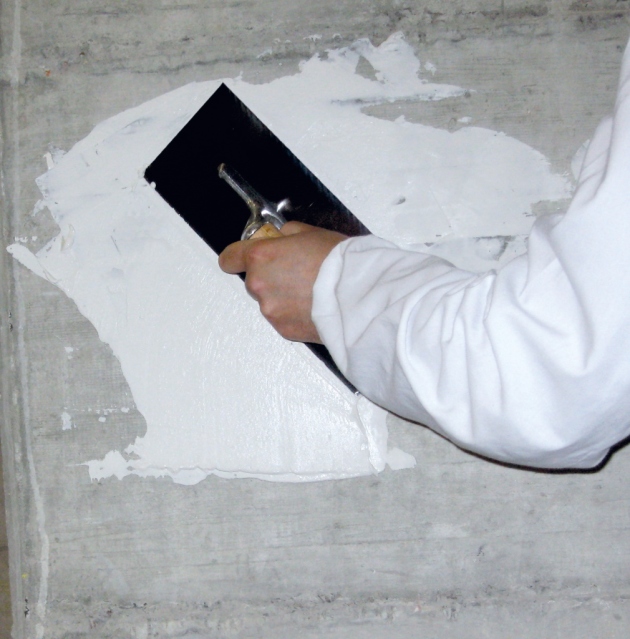
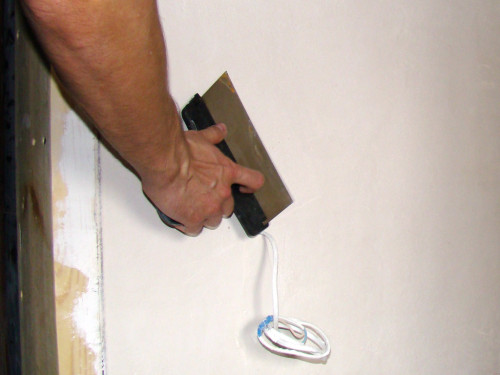
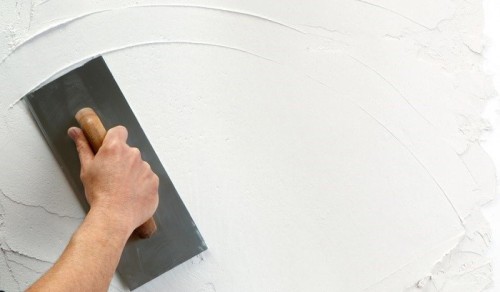

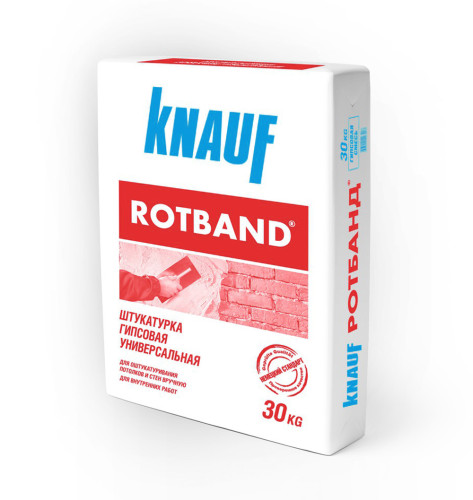

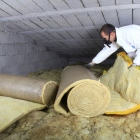
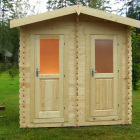



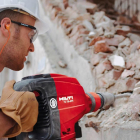
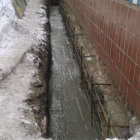
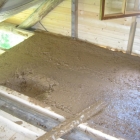
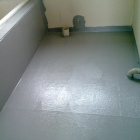
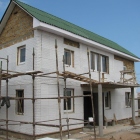
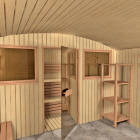
 Start a discussion ...
Start a discussion ...